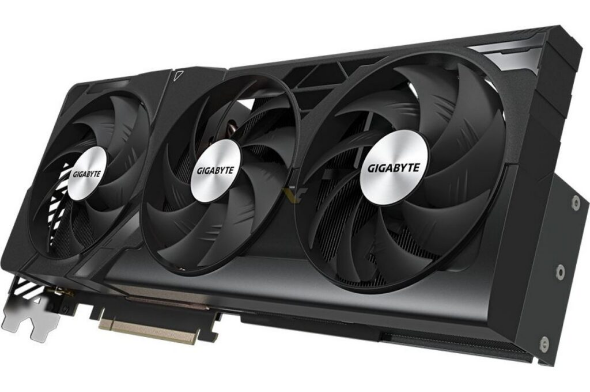Connection to DriversCloud Create a DriversCloud.com account Reset your DriversCloud.com password Account migration
ASUS and Gigabyte are also thinking about concealing power cables inside PCs.
Graphics card manufacturers are all on the same wavelength.
Have they even agreed? The question is worth asking, as several graphics card manufacturers took advantage of Computex 2023 in Taipei to present their latest ideas. Of course, it's not just a matter of integrating the latest GPU from AMD or NVIDIA. No, while there's no question of doing without Radeon RX 7600s and GeForce RTX 4060s, board manufacturers seem to be looking for innovation on the connection side, to simplify assembly and make the configuration more aesthetically pleasing "on the inside". For the majority of users, the PC's innards are of little importance, and they barely know what's going on inside their machine. On the other hand, for a modest but active fringe of the population, the layout of the PC is not to be neglected. On the one hand, there are those who can't stand clutter and, on the other, those who seek beauty. Both agree on one point: conventional wiring inside a PC is unsustainable.
A few days ago, we mentioned the beginnings of a solution proposed by Inno3D with its AXGaming brand. Today, it's the turn of much larger companies to share their ideas: ASUS and Gigabyte. For the former, the issue is quickly settled: the graphics card power cable simply has to go, just as SATA cables did with the widespread use of M.2 storage units. To this end, ASUS has added a new connector in addition to PCI Express to the other end of its GeForce RTX 4070 Megalodon card. With this new connector, the beast no longer needs a power supply cable, and everything passes through the motherboard. Logically, the motherboard must be modified to accommodate the additional connector in question. In addition to its undoubtedly limited power - the choice of GeForce RTX 4070 is no coincidence - this motherboard modification is ASUS's big problem, and it will no doubt have a hard time imposing its idea.
No such problem at Gigabyte, which doesn't touch our motherboards. The Taiwanese company modifies its graphics cards, but doesn't make the power cable disappear: like Inno3D, it simply hides it. In fact, by slightly cutting the heat sink on the graphics card, Gigabyte is able to bring the power connector closer to the PCB, while routing the cable through the back of the graphics card. Of the three solutions - Inno3D, ASUS and Gigabyte - this is undoubtedly the simplest to implement, but it's also the least "efficient". In fact, the power supply cable is more closely trapped in the graphics card heatsink, but it continues to run over a significant part of the PC. However, this solution also has the advantage of being simpler to implement, and Gigabyte was able to demonstrate its technique with a GeForce RTX 4090, NVIDIA's largest GPU model.










